Looking up animals in encyclopedias can feel like searching for a needle in a haystack.
Most people get lost in dense scientific texts or scroll through numerous websites to learn basic facts about interesting creatures.
But here’s a breath of fresh air: a clear, organized list of animals that start with F, complete with their origins and interesting facts.
This collection includes furry friends we know and love and rare species that will make anyone say “interesting. ” It provides everything from fennec foxes to flying squirrels.
So grab a snack, get comfortable, and prepare to meet some amazing members of the animal kingdom.
They all have one thing in common: they start with F.
Presenting the Mysteries of F-Named Creatures
Animals with names starting with the letter F are truly interesting, with each species bringing something unique.
Whether you’re intrigued by their distinct features, such as the Fanged Tiger’s fierce look, there’s no shortage of interesting facts about these animals.
Some creatures like the Feeding Falcon are skilled hunters, while others like the Fluffy Panda steal our hearts with their adorable appearances.
This guide explores a loose range of F-named creatures—each with its origins and facts.
From the playful Falkland Islands fox of the desert to the Flesh-eating Fish in the ocean’s depths, F-named animals reveal how varied and adaptable life can be in nature.
Let’s look into the world of these amazing creatures and uncover what makes them so special!
Rarest Animals that Start with F
1. Falkland Islands Fox
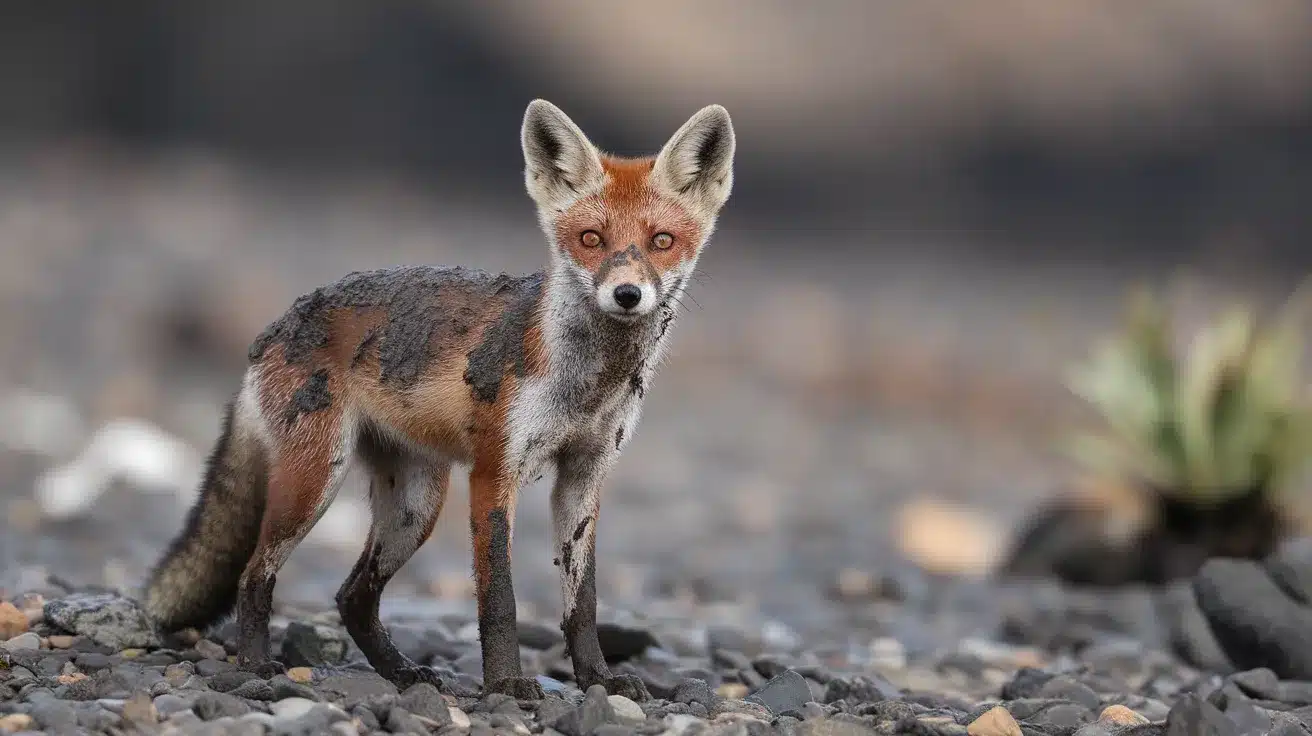
- Origin: Falkland Islands, South Atlantic.
- Fact: A rare species of fox known for its adaptability to the harsh Falkland Islands climate.
2. Fossa
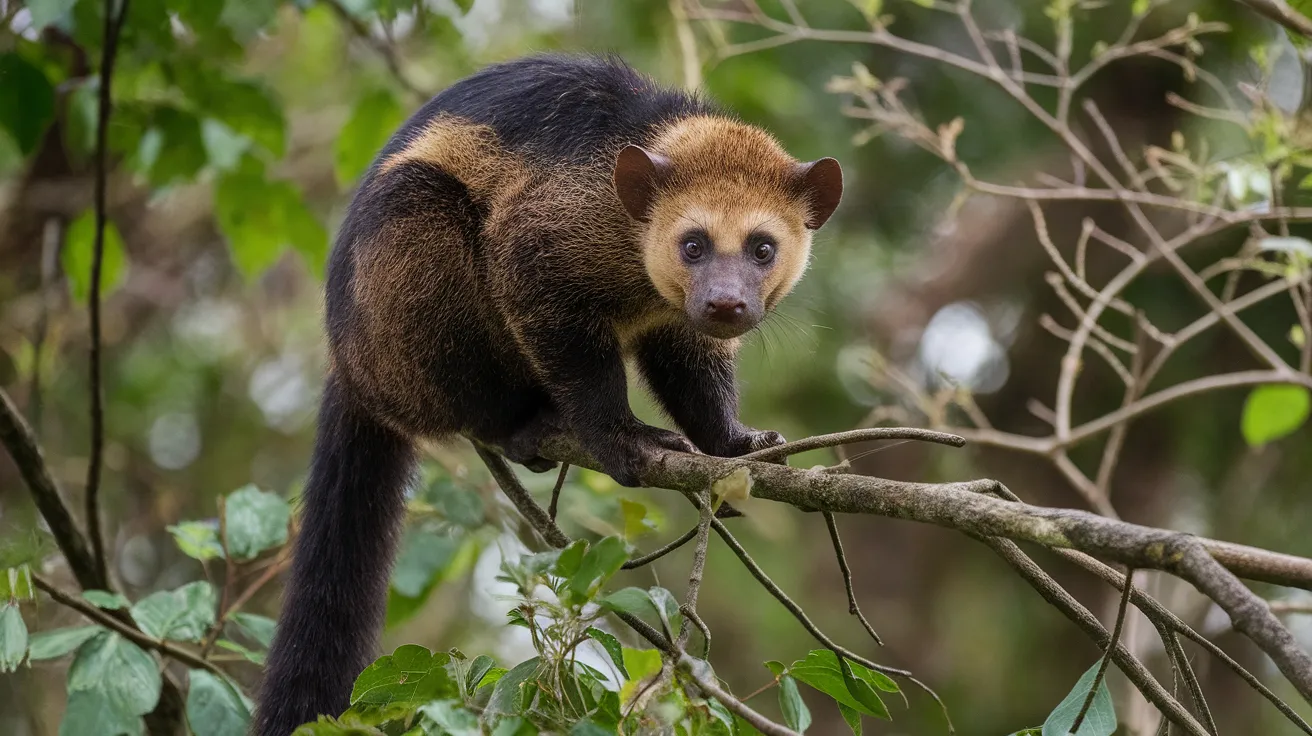
- Origin: Madagascar.
- Fact: A cat-like carnivore known for its agility and ability to climb trees, primarily hunting lemurs.
3. Fanged Fish
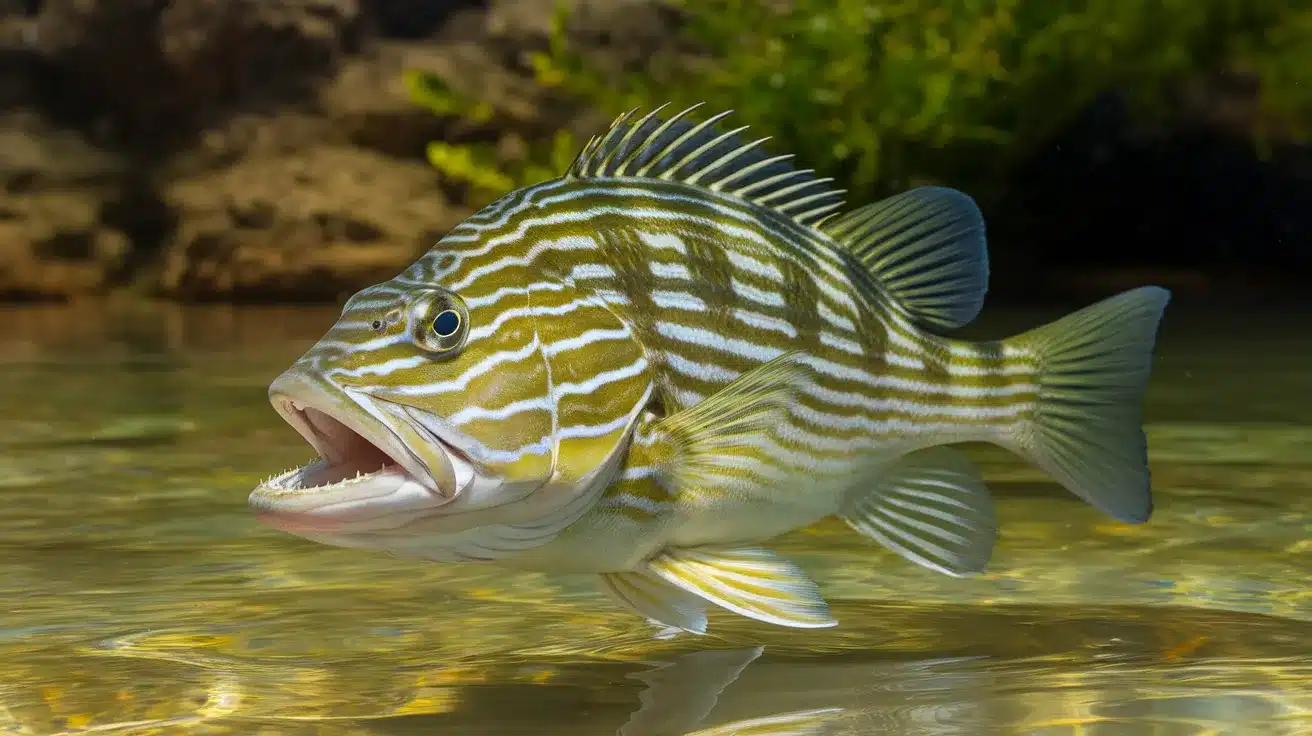
- Origin: Found in the deep oceans worldwide.
- Fact: Known for its sharp teeth, this deep-sea fish can withstand immense ocean pressure.
4. Feather-tailed Glider
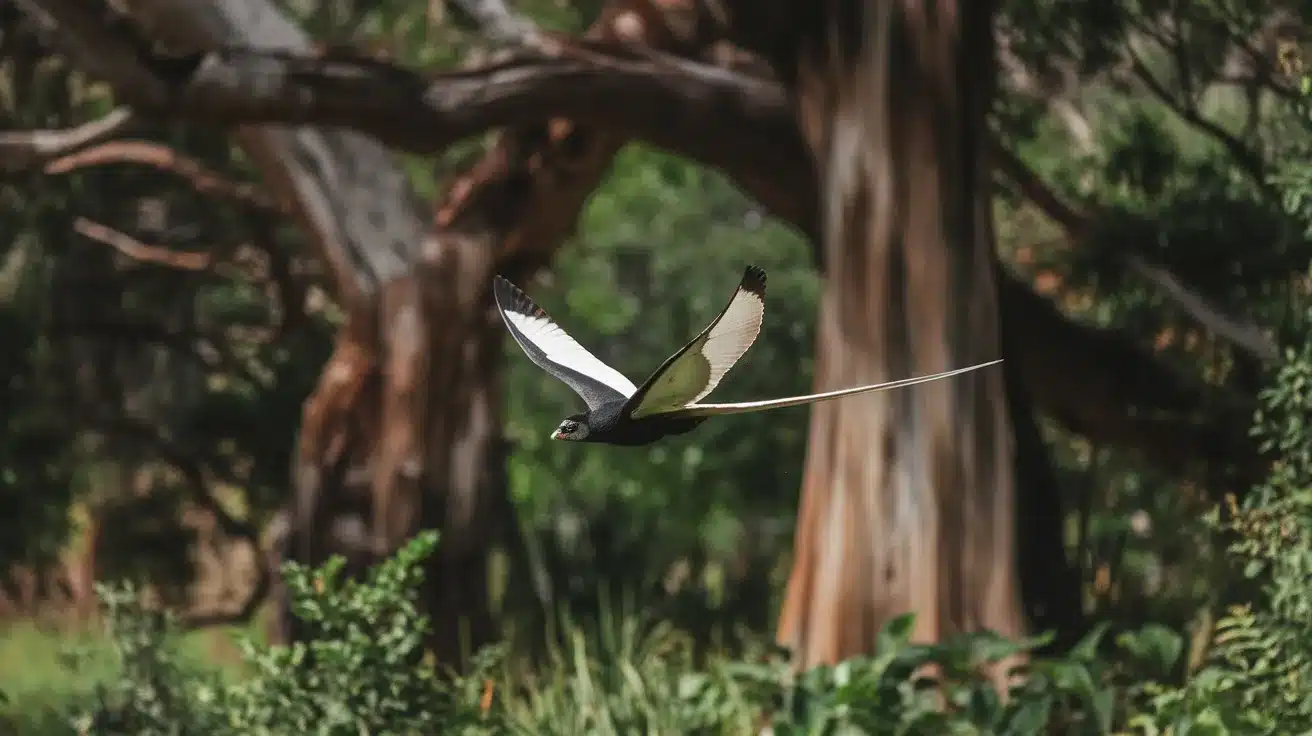
- Origin: Australia.
- Fact: A small gliding mammal with a tail that helps it navigate between trees in the forest.
5. Falkland Islands Goose
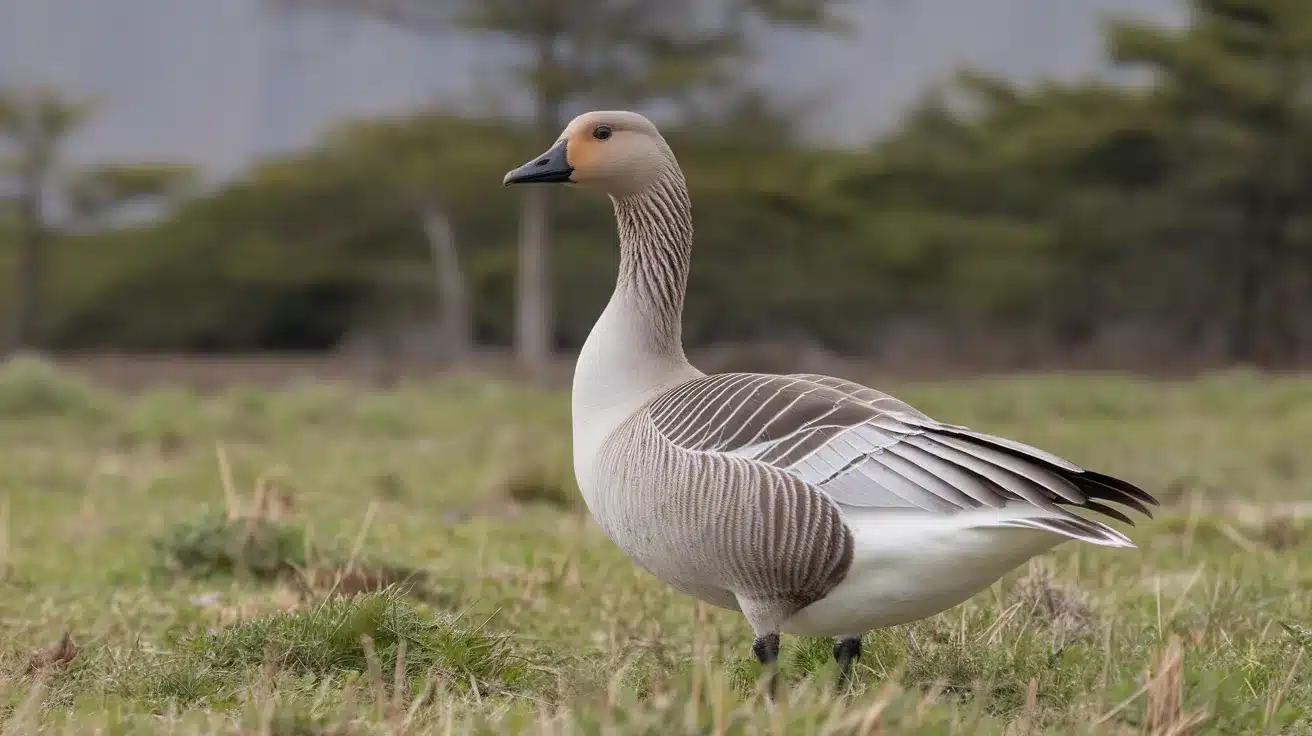
- Origin: Falkland Islands, South Atlantic.
- Fact: This rare species of goose has adapted to the cold environment of the Falkland Islands and is a symbol of resilience in the wild.
6. Flicker-fin Fish
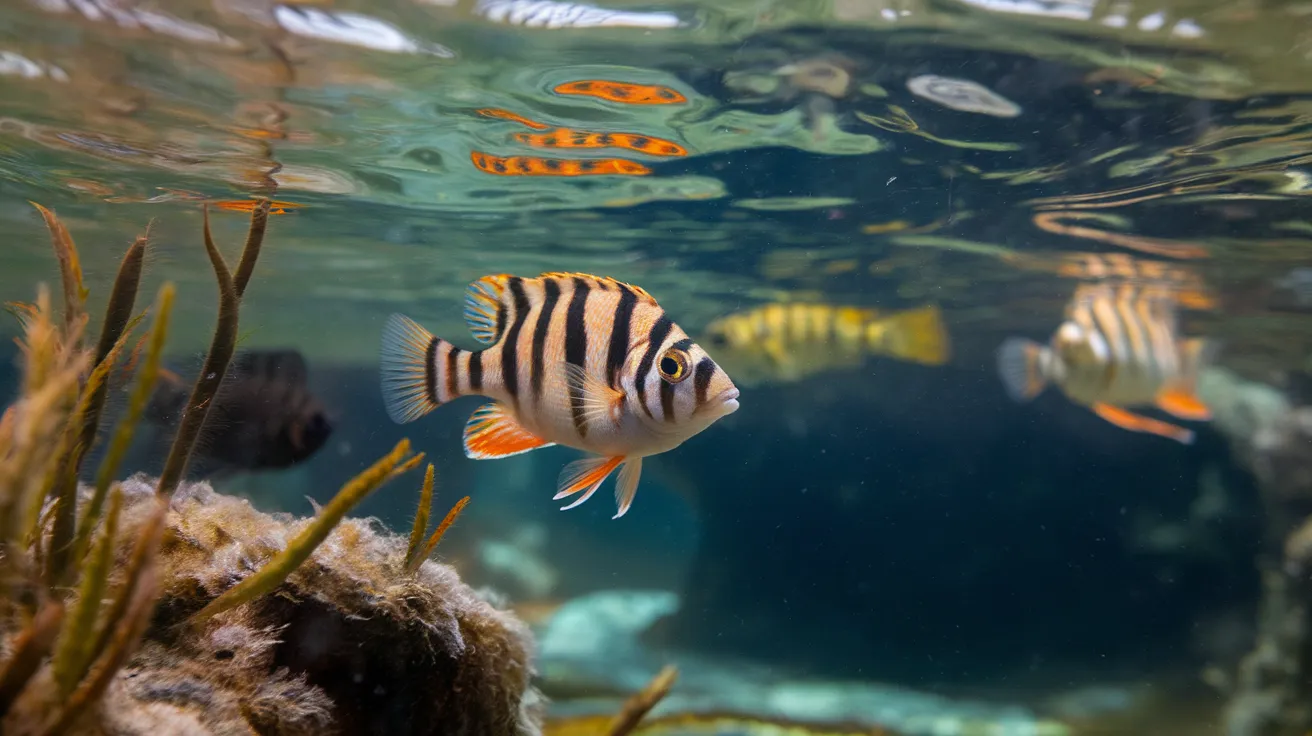
- Origin: Coastal waters.
- Fact: A rare fish species with unique fins used for swift swimming.
7. Flame-tailed Bird
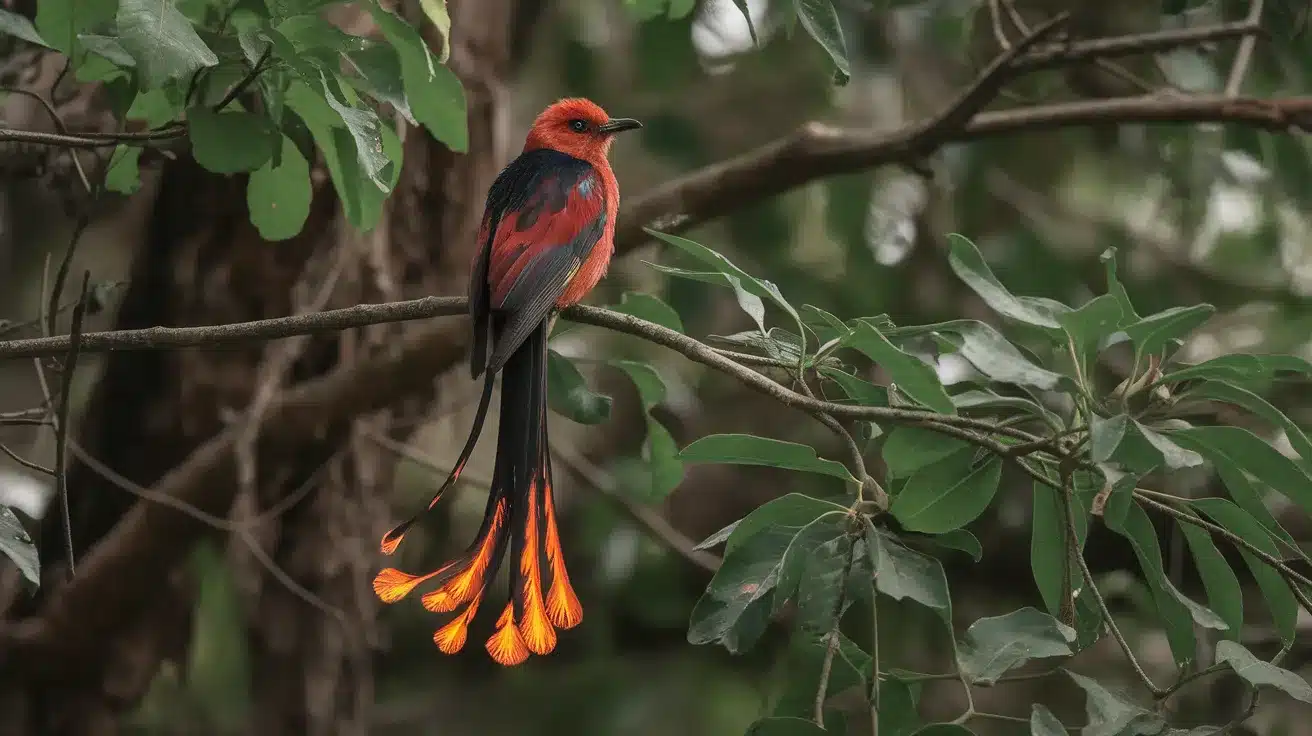
- Origin: Tropical regions of South America.
- Fact: They are known for their striking, fiery red tails, making them stand out in the wild.
8. Fire-spotted Tiger
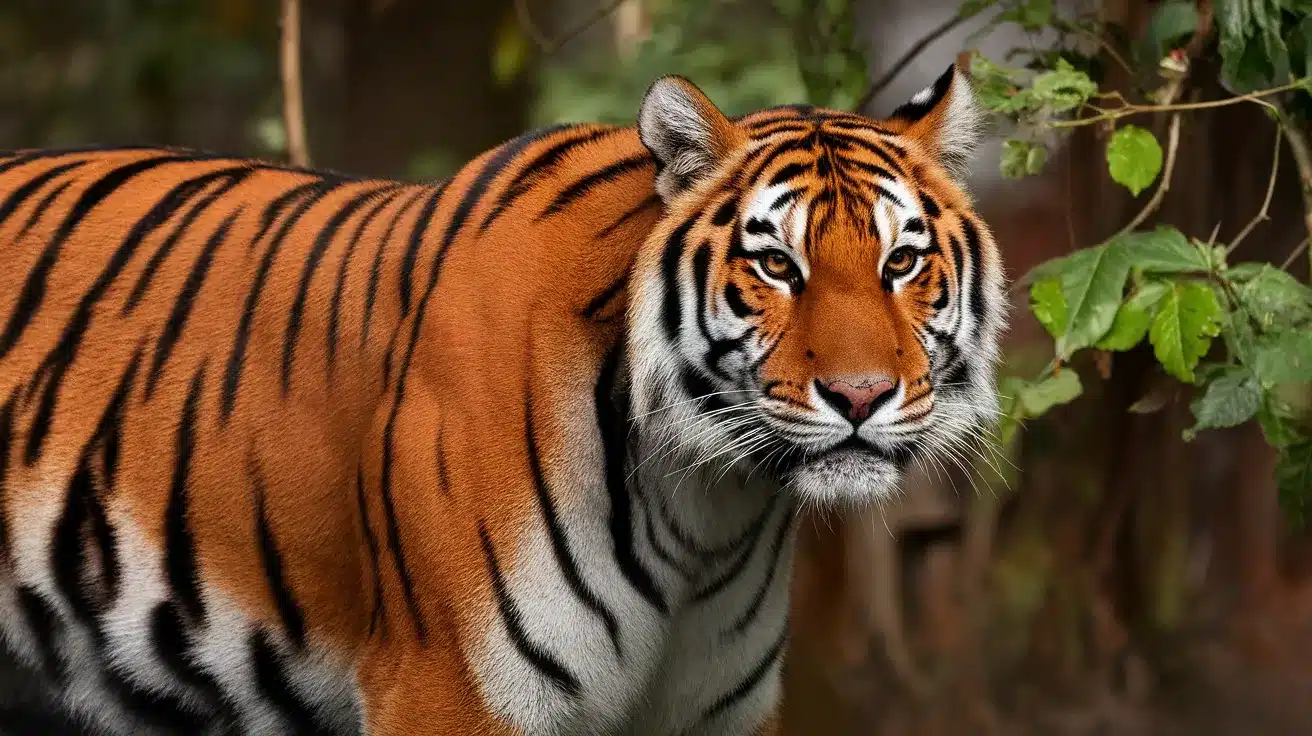
- Origin: Southeast Asia.
- Fact: This elusive tiger species has orange-spotted fur, resembling flames when seen in the wild.
9. Fangtooth
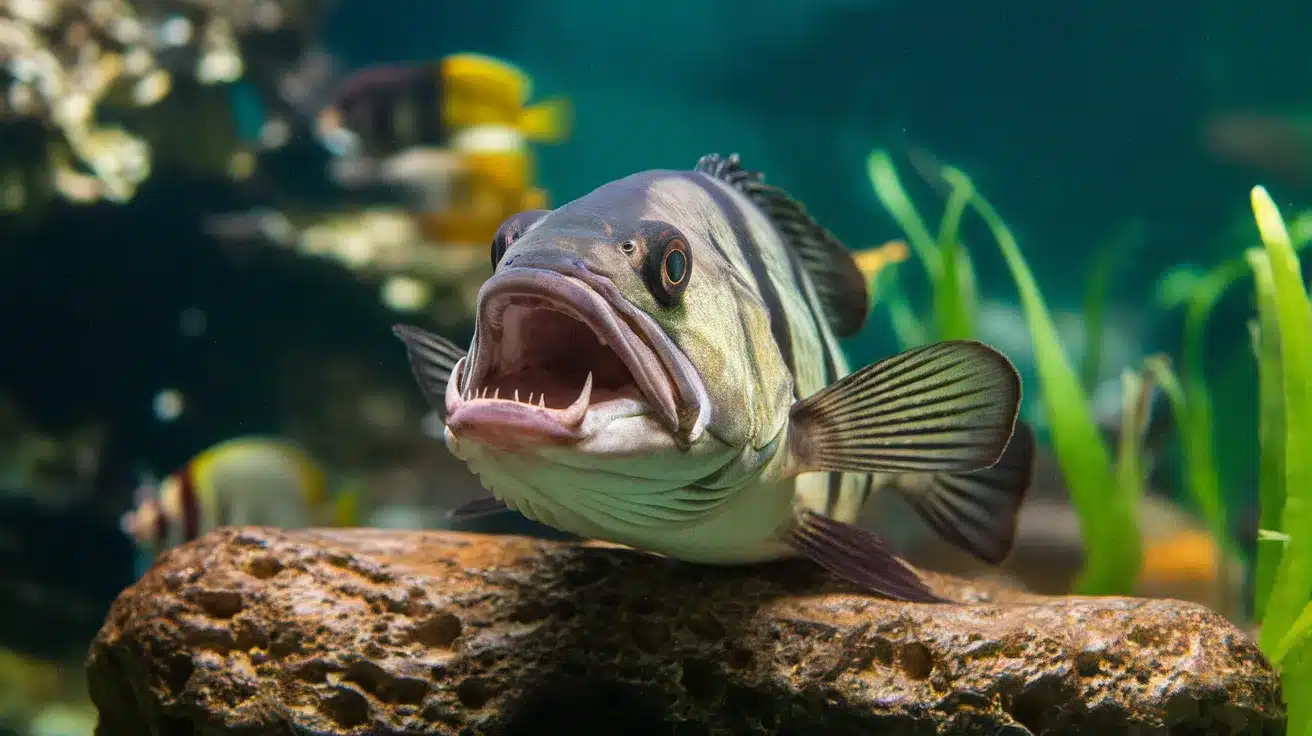
- Origin: Deep-sea environments worldwide.
- Fact: A terrifying deep-sea fish with large, fang-like teeth that can capture prey in the dark depths.
10. Firefly Squid
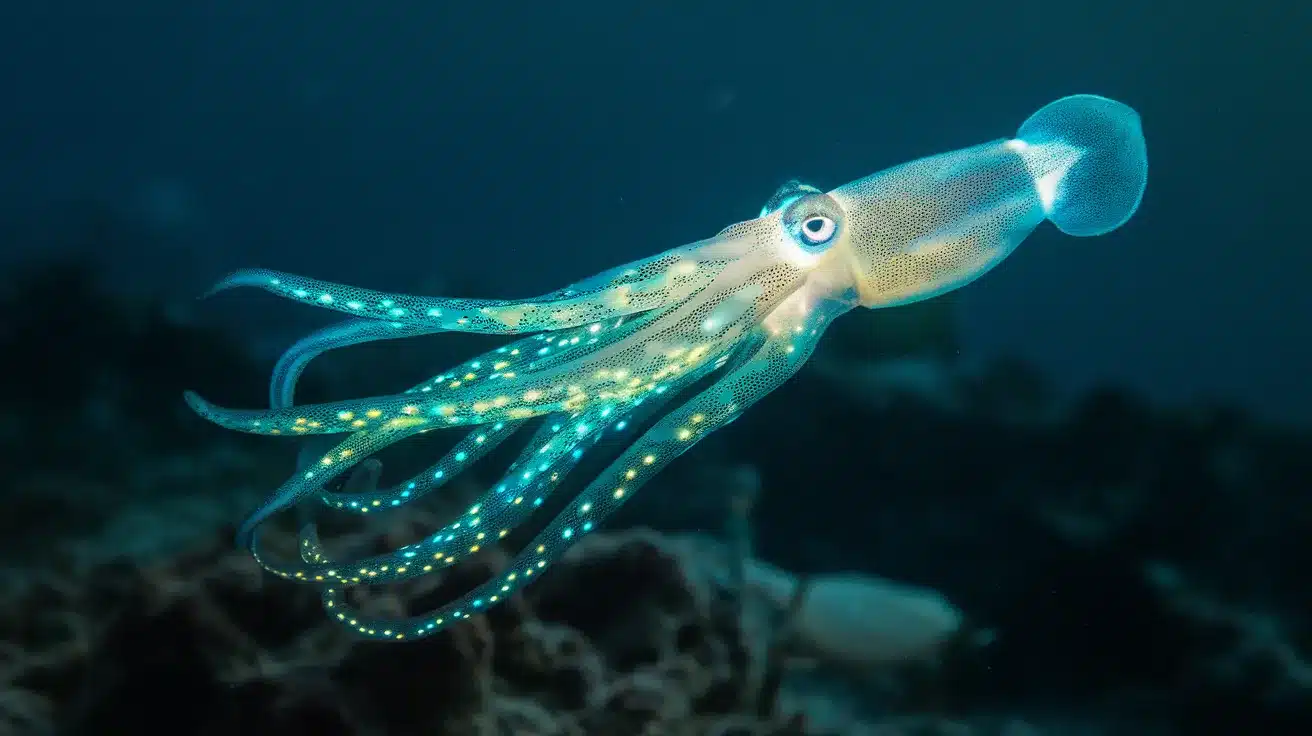
- Origin: Japan.
- Fact: A bioluminescent squid that glows in the dark and is used to attract mates during breeding seasons.
11. Fanged Owl
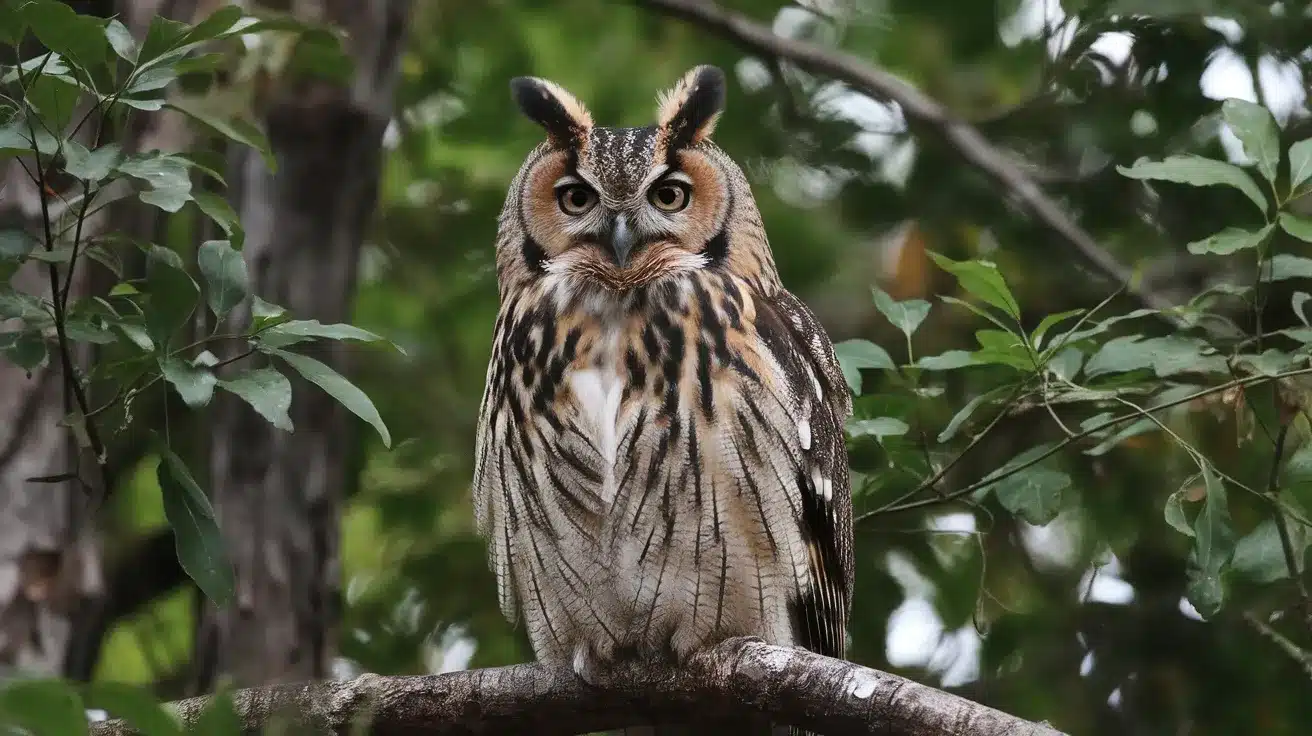
- Origin: Found in Asia.
- Fact: A rare nocturnal predator, known for its large fangs and impressive hunting skills.
12. Feral Pig (Rare Species)
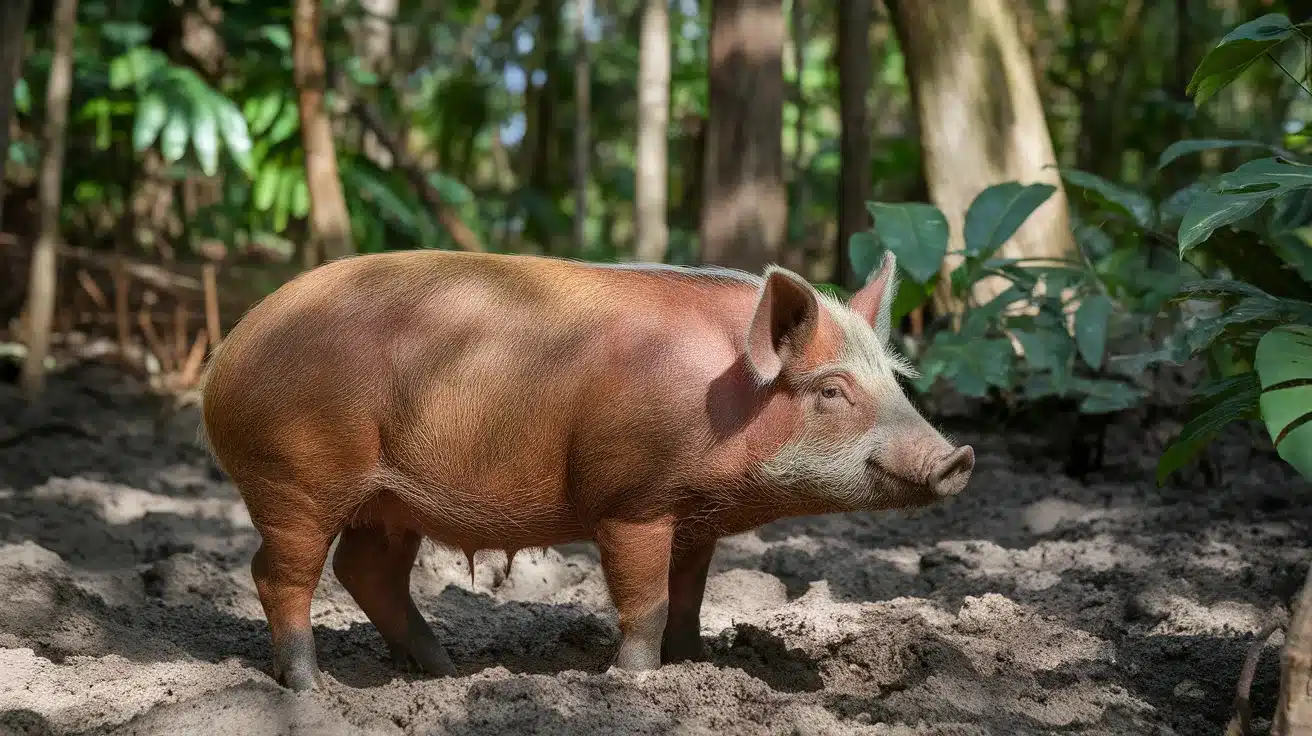
- Origin: North America, Australia, and parts of Europe.
- Fact: While feral pigs are widespread, there are rare populations in isolated areas with unique behavior.
13. Falkland Islands Swan
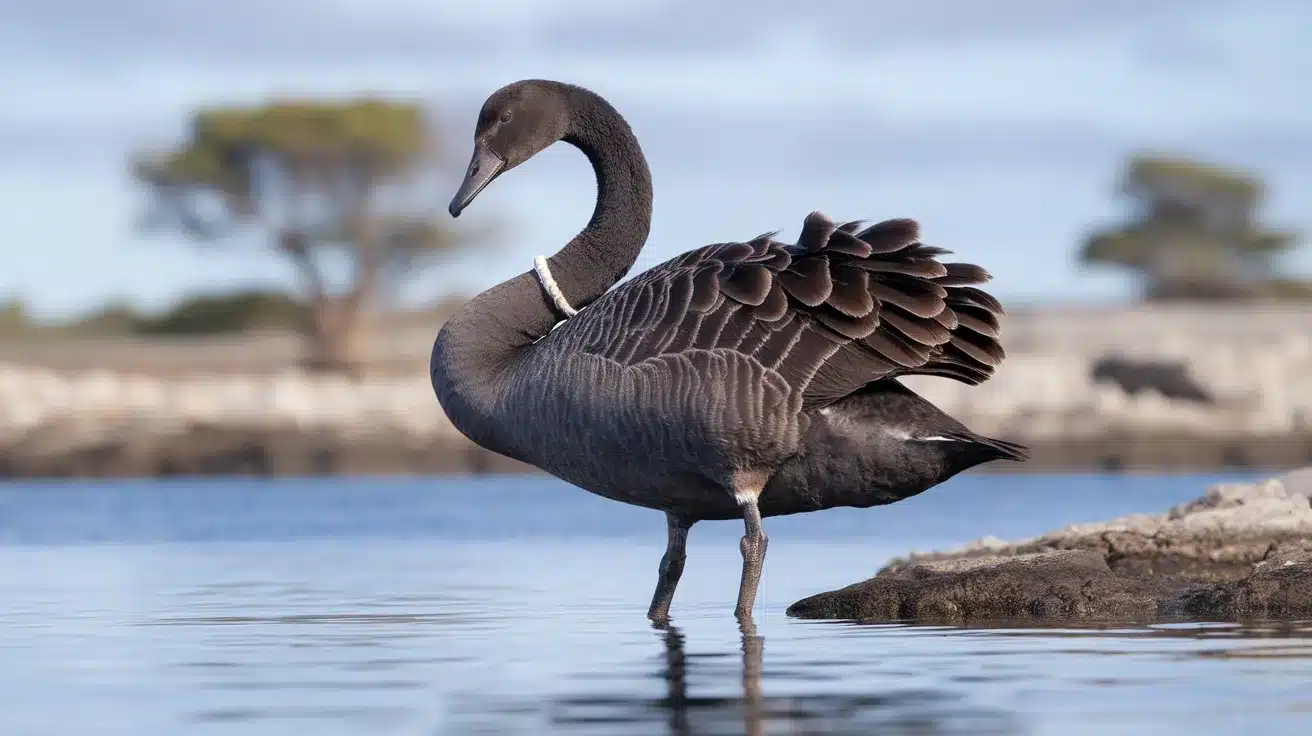
- Origin: Falkland Islands.
- Fact: A rare and graceful bird with limited populations, primarily found in the cold waters of the Falklands.
14. Flesh-eating Fish
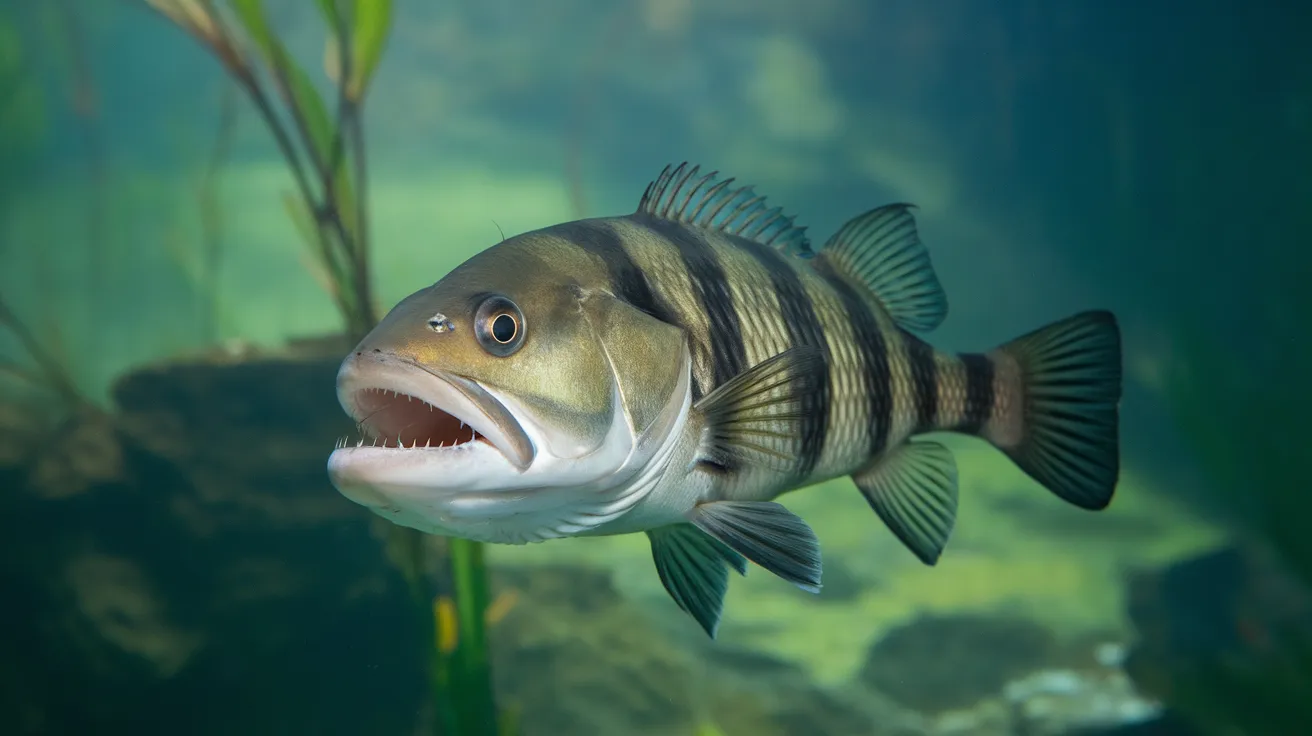
- Origin: Freshwater regions of South America.
- Fact: They are known for their aggressive hunting techniques, including scavenging off larger river animals.
15. Frosted Finch
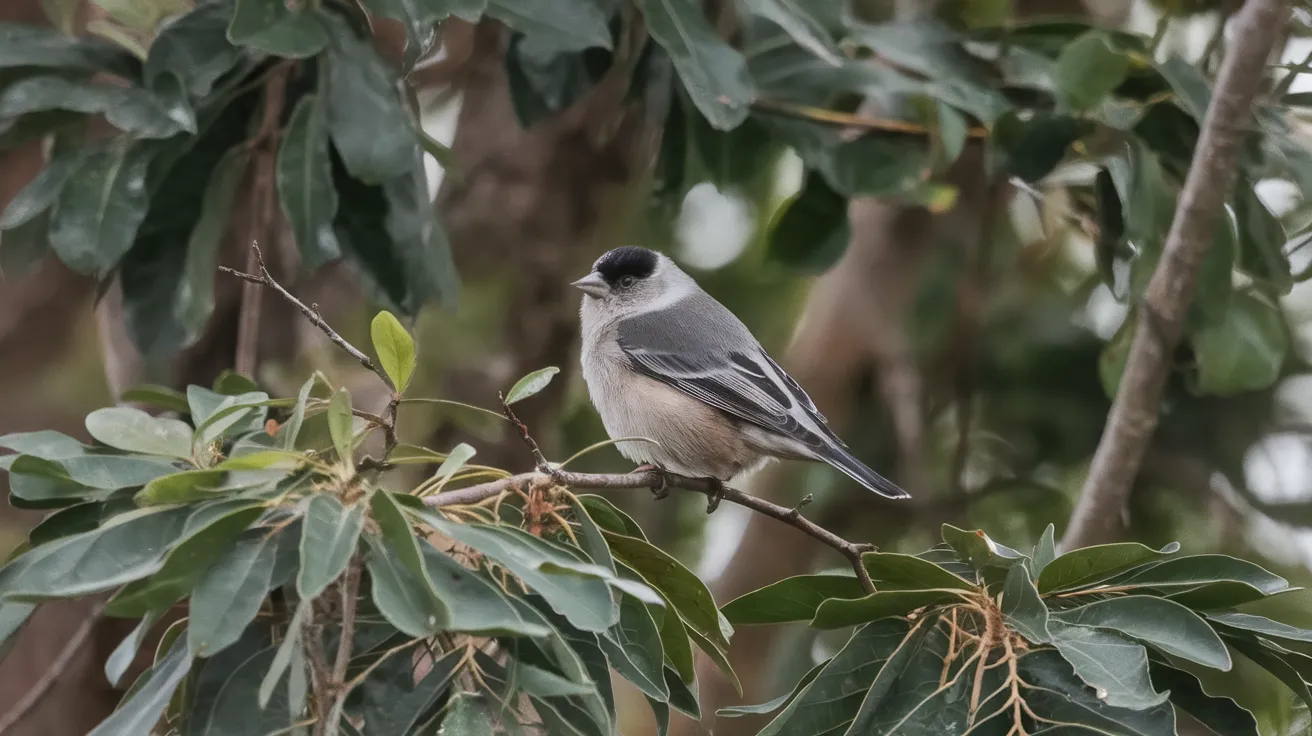
- Origin: Found in the mountains of Europe.
- Fact: A beautifully rare bird, covered in soft feathers that resemble frost during winter.
16. Frosted Whale
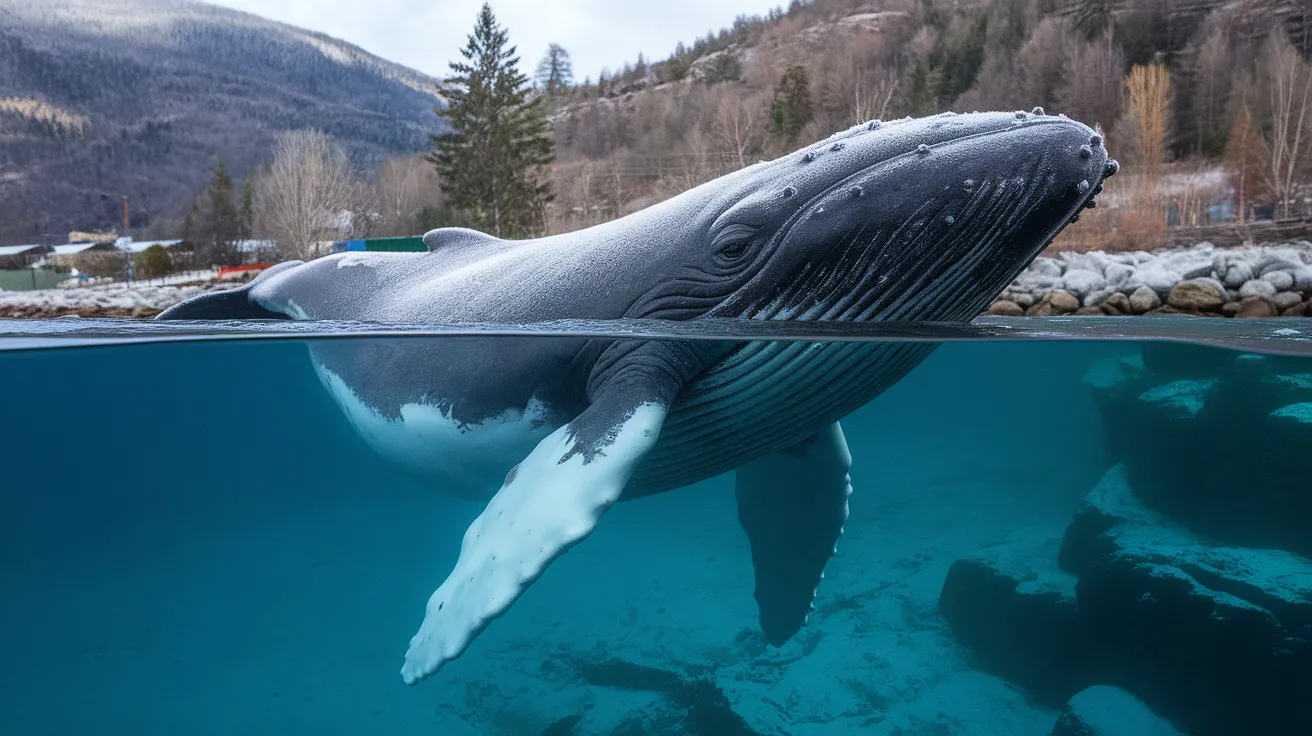
- Origin: Arctic waters.
- Fact: A whale species migrating across the coldest oceans, often covered in frost-like seawater crystals.
17. Fanged Bear
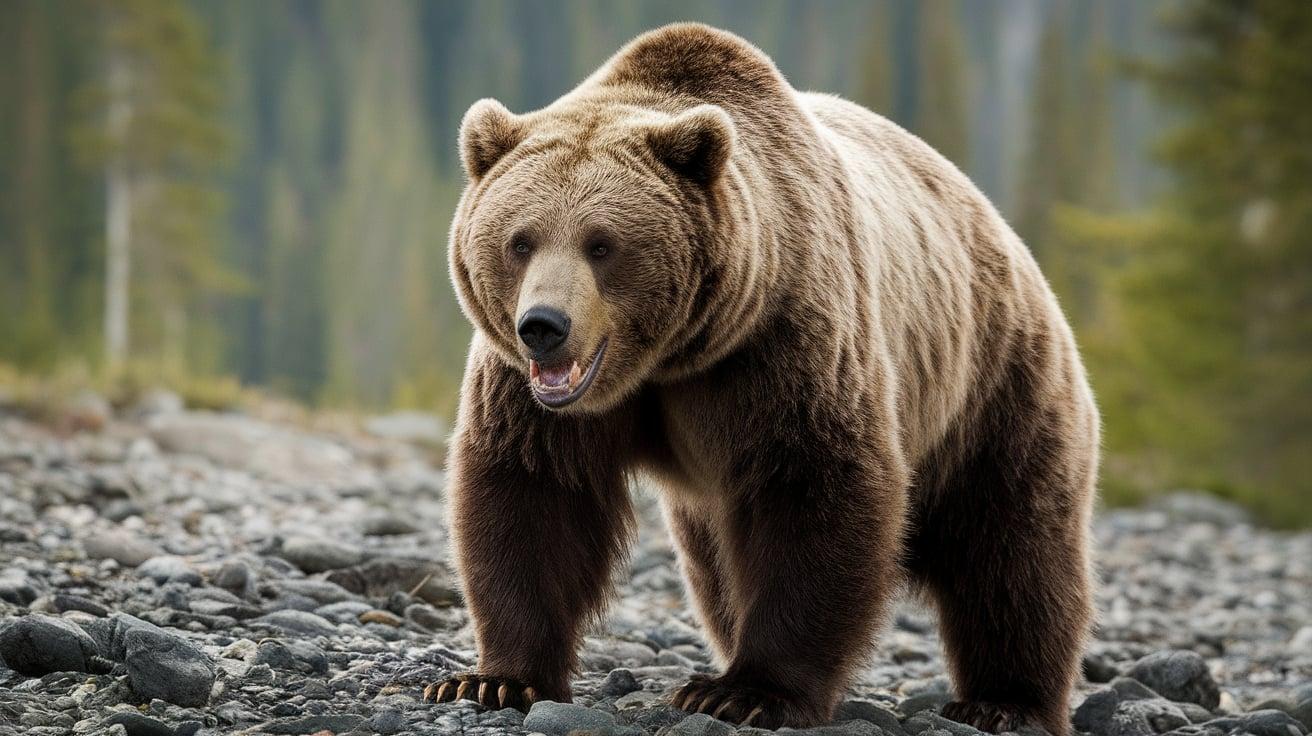
- Origin: North America.
- Fact: A rare bear species with sharp fangs used for hunting large prey in harsh climates.
18. Flickering Bat
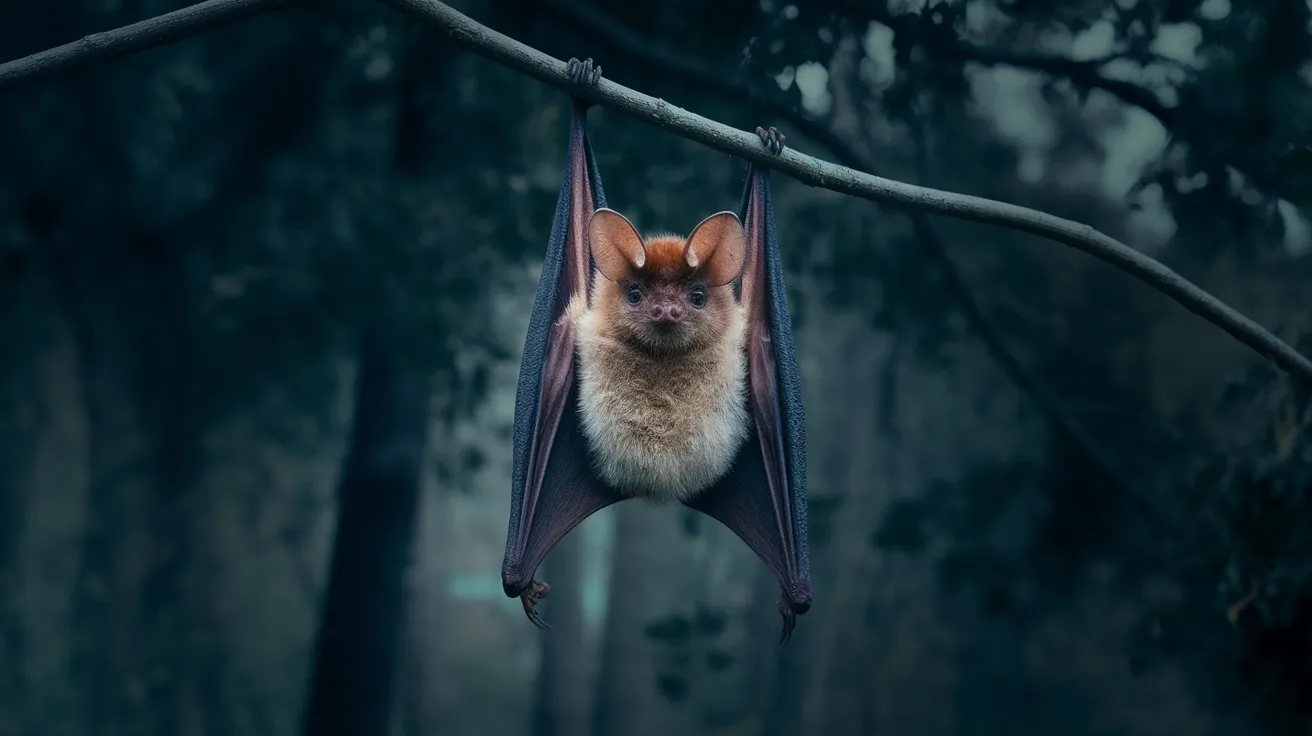
- Origin: Found in caves and forests.
- Fact: A rare species of bat that flickers during flight, making it difficult to track by predators.
19. Fancy-tailed Frog
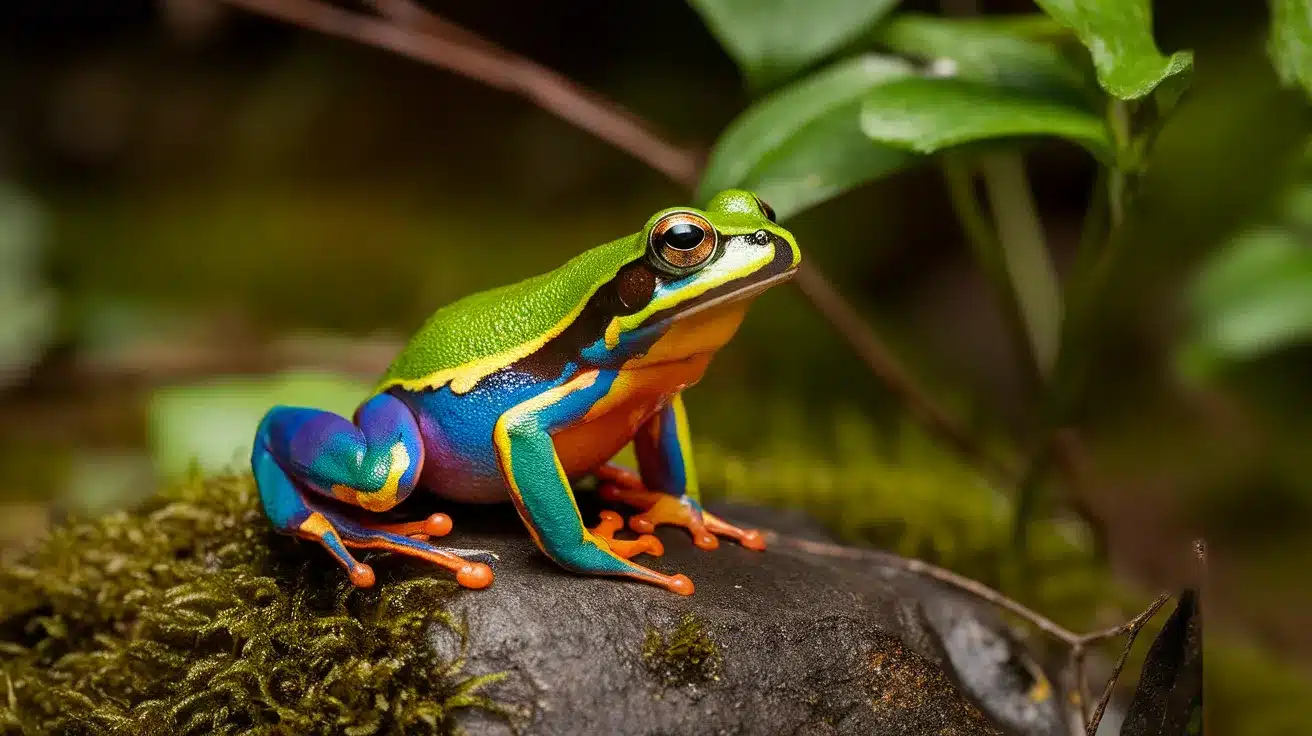
- Origin: Southeast Asia.
- Fact: This rare frog species has uniquely shaped tails and is often difficult to find in the wild.
20. Flesh-eating Frogs
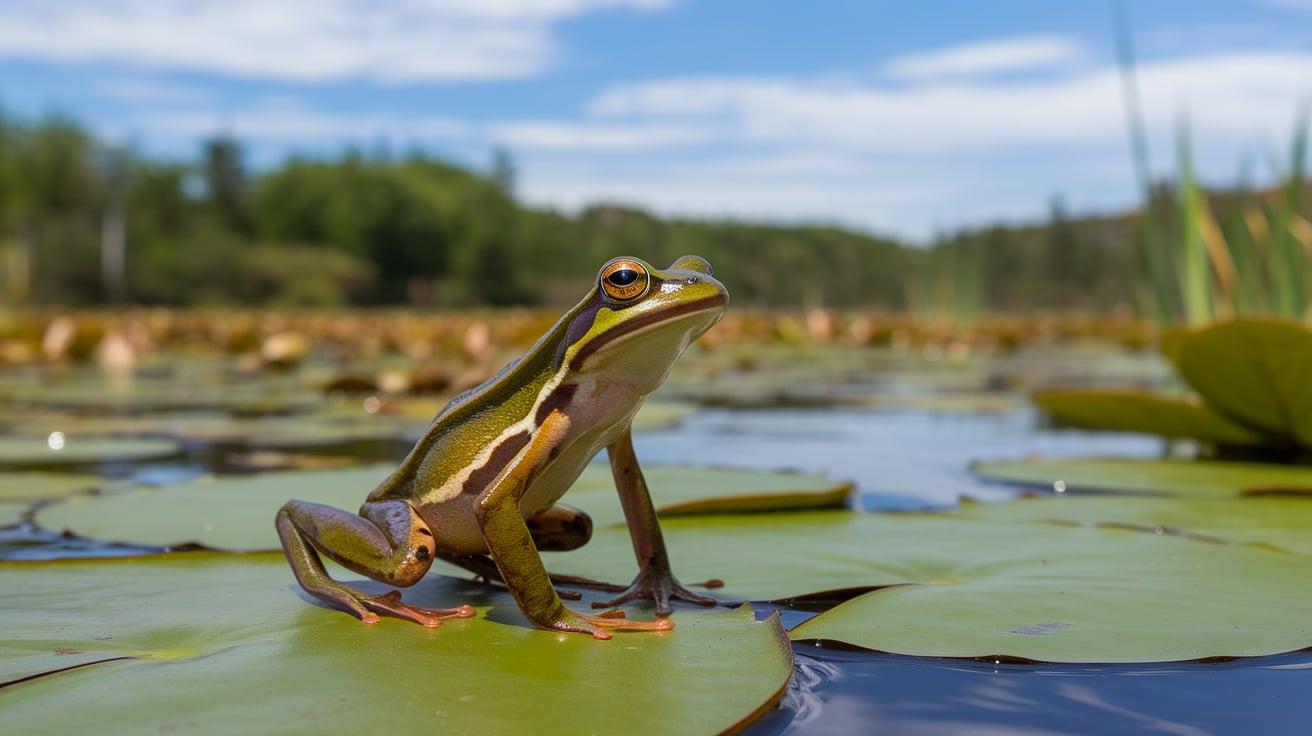
- Origin: Found in tropical rainforests of South America.
- Fact: Known for their carnivorous diet, these frogs can catch small mammals and insects.
21. Flufftail Parrot
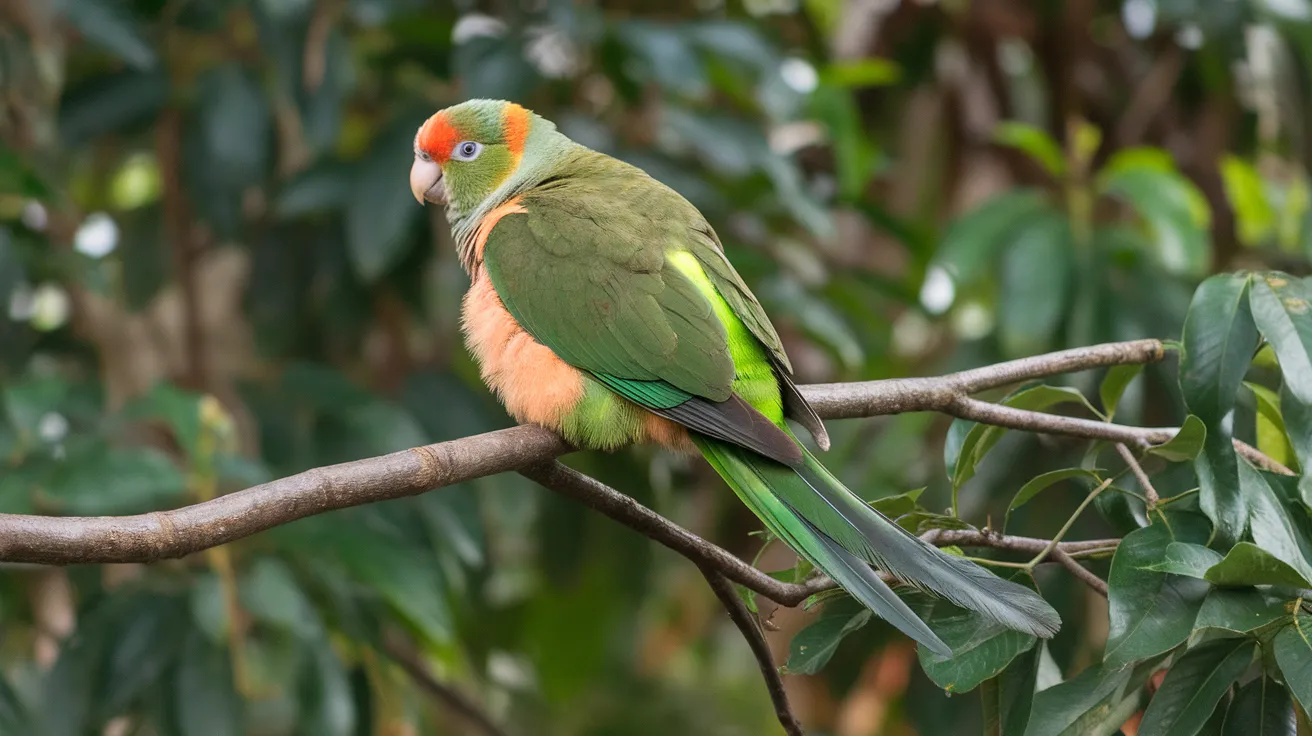
- Origin: Native to South Africa.
- Fact: In some regions, a rare parrot species with a fluffy tail and bright feathers is endangered.
22. Fairy Penguin
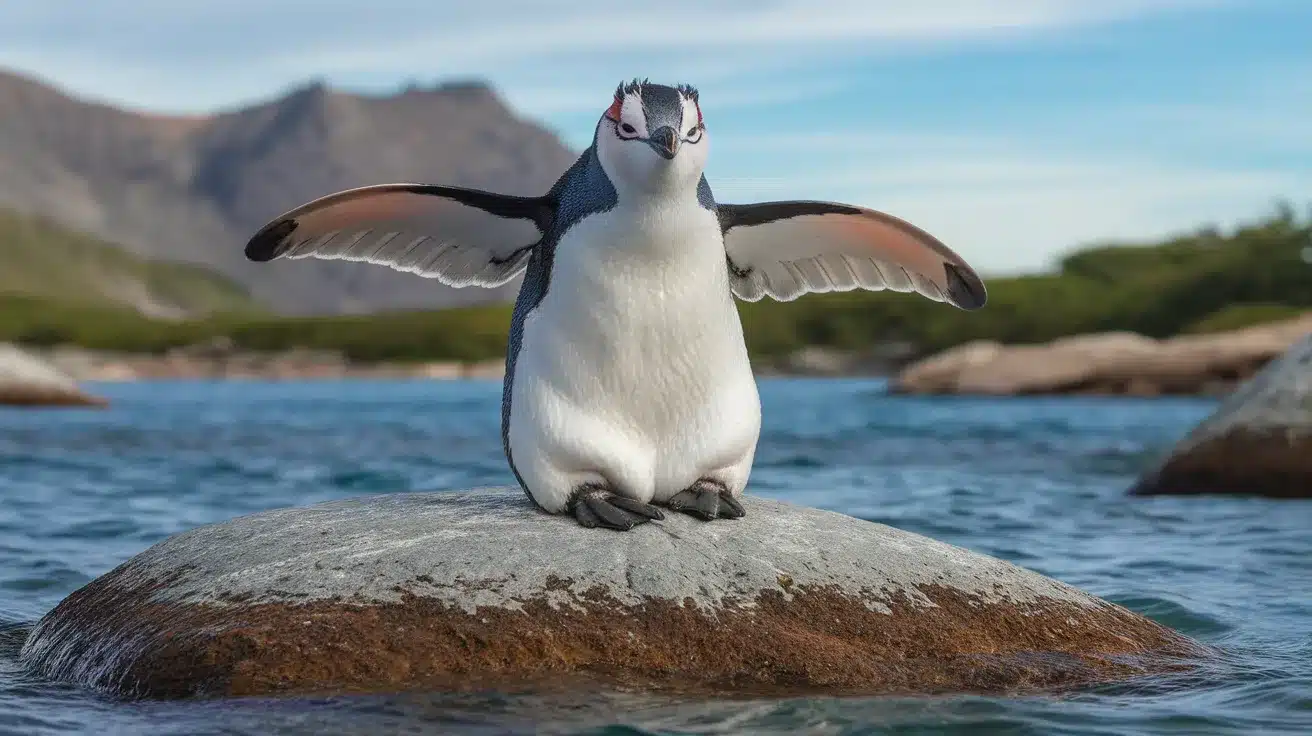
- Origin: Australia and New Zealand.
- Fact: The smallest species of penguin, known for its charming size and adorable waddles.
23. Feeding Giraffe
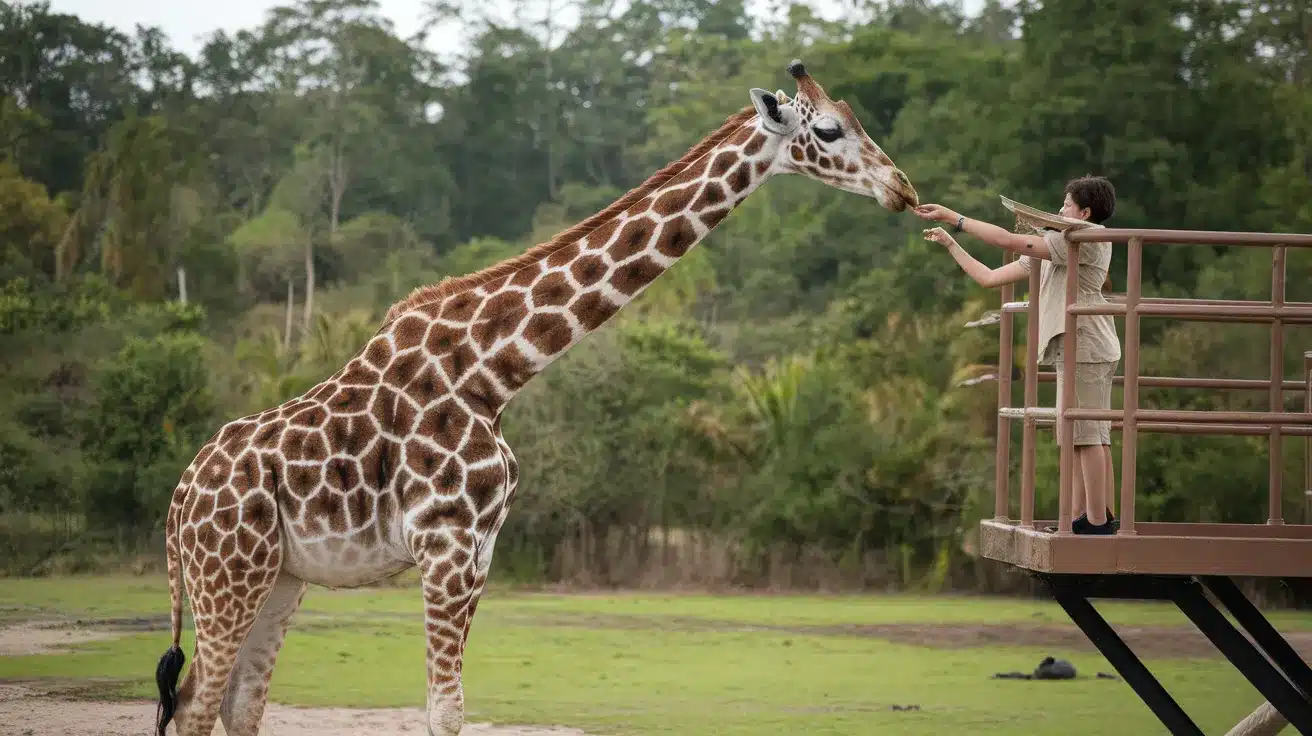
- Origin: Africa.
- Fact: Known for its long neck, the giraffe feeds on treetops, but rare subspecies are harder to find.
24. Frilled Shark
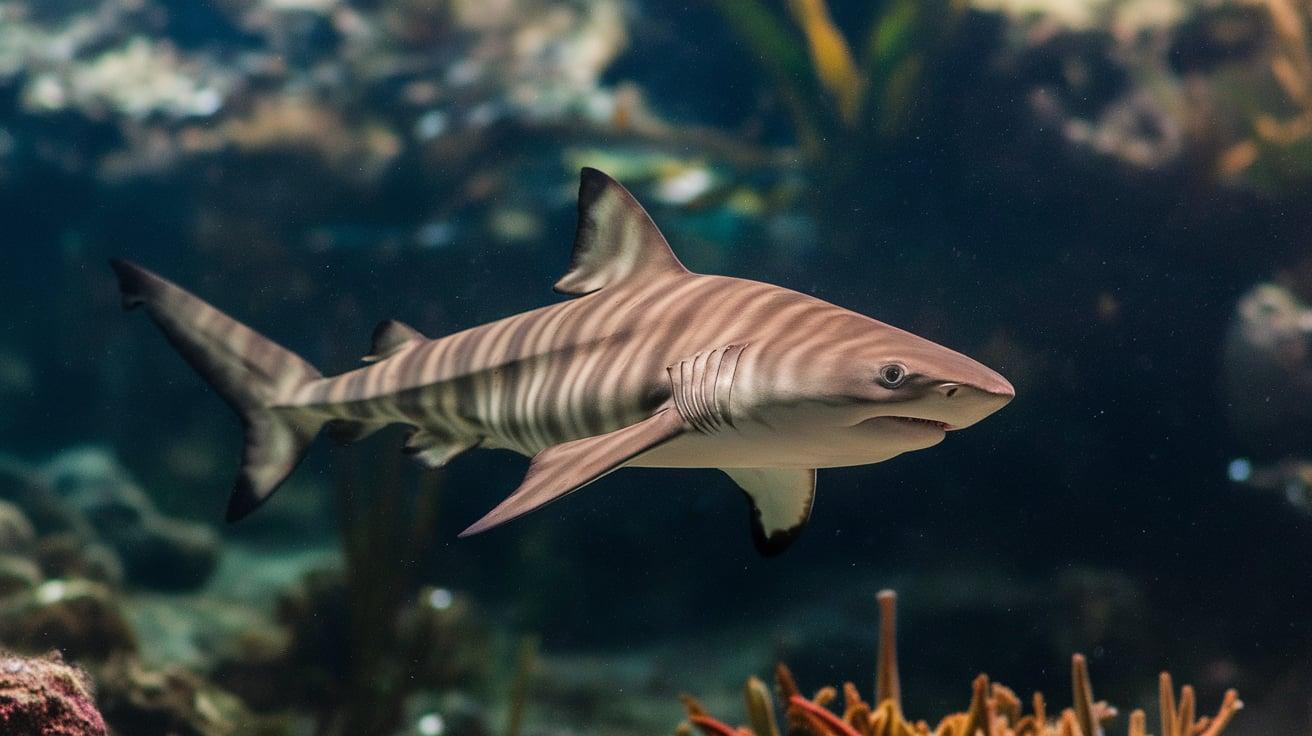
- Origin: Found in deep-sea environments.
- Fact: A rare species of shark with frilled gills and a prehistoric appearance, rarely seen by humans.
25. Ferry-tailed Fish
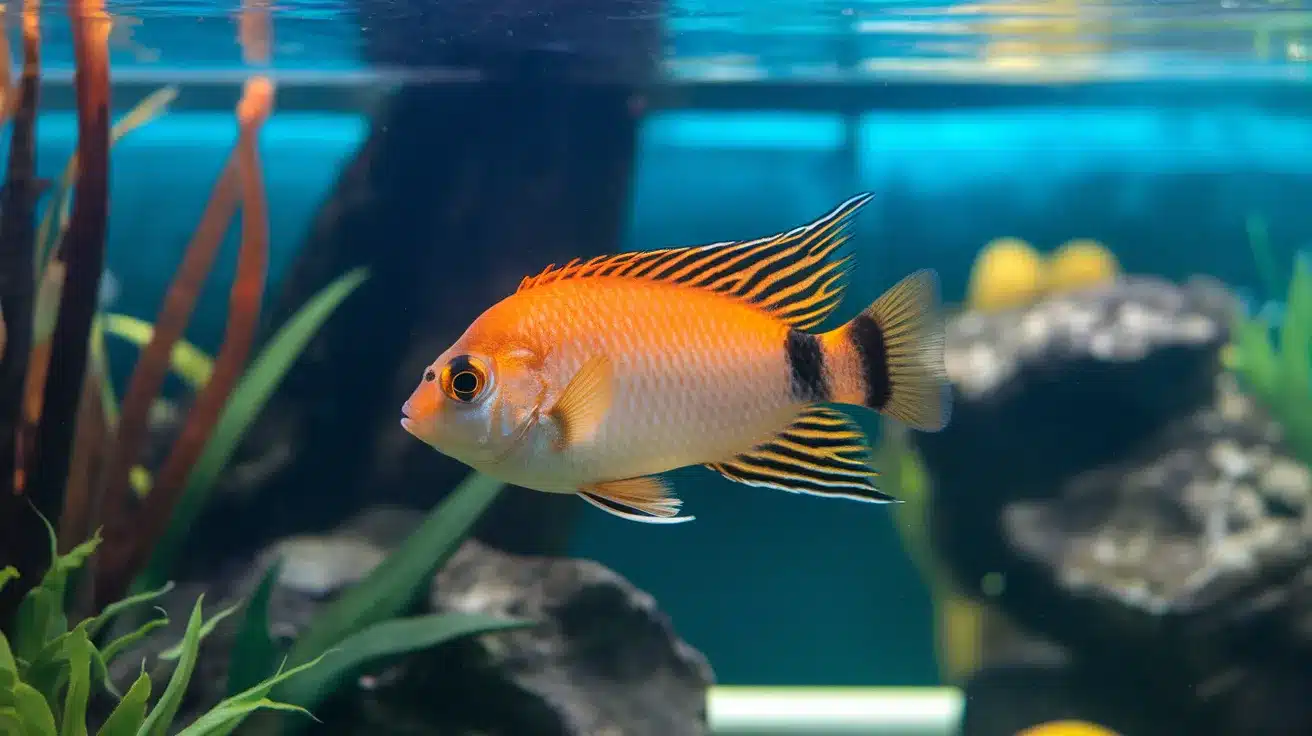
- Origin: Coastal waters worldwide.
- Fact: Known for their elongated tails, these fish are a rare sight and often difficult to spot in the ocean.
26. Frosted Tiger
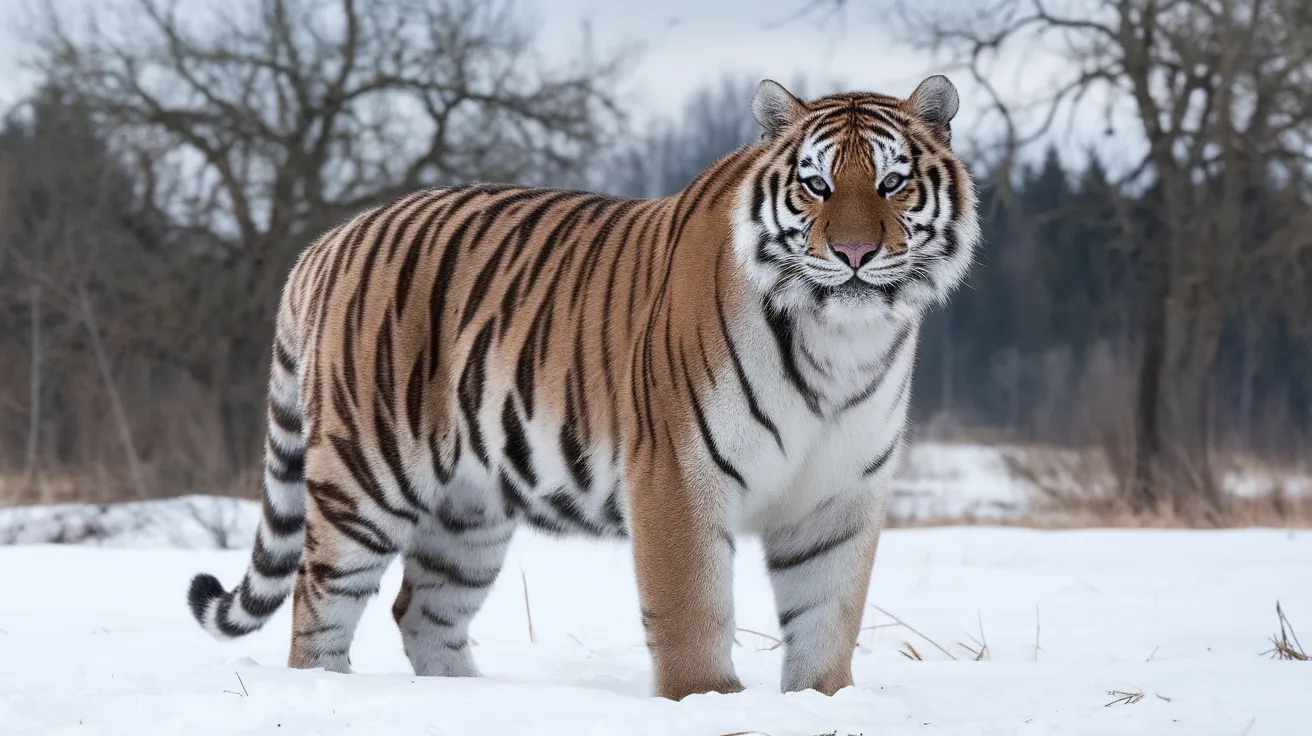
- Origin: Native to Asia.
- Fact: A rare tiger species with fur that has a frosted appearance, blending into its snowy environment.
27. Fangless Snake
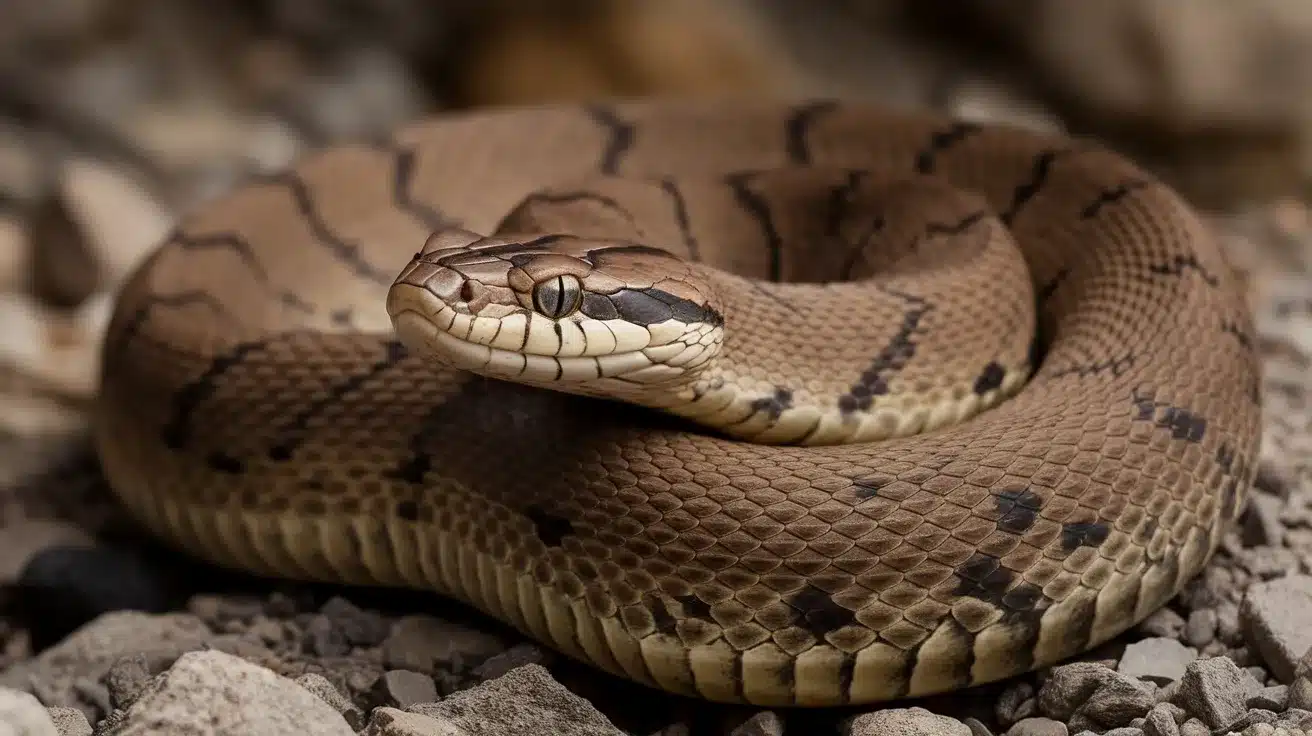
- Origin: Various parts of the world.
- Fact: Although lacking venomous fangs, this species is rare and relies on constriction to catch prey.
Wrapping it Up
Find animals that start with F reveals our planet’s incredible lookrsity of life.
Want to continue your animal exploration?
You can move through our comprehensive animal guides covering every alphabet letter.
Each guide has interesting facts, origins, and insights about these amazing creatures – from their habitats to their behaviors.
Understanding these animals expands our knowledge and helps us appreciate the importance of protecting their habitats and ensuring their survival for future generations.
So next time you spot a fox or hear about a flamingo, you’ll know there’s more to these F-named animals than meets the eye.
















